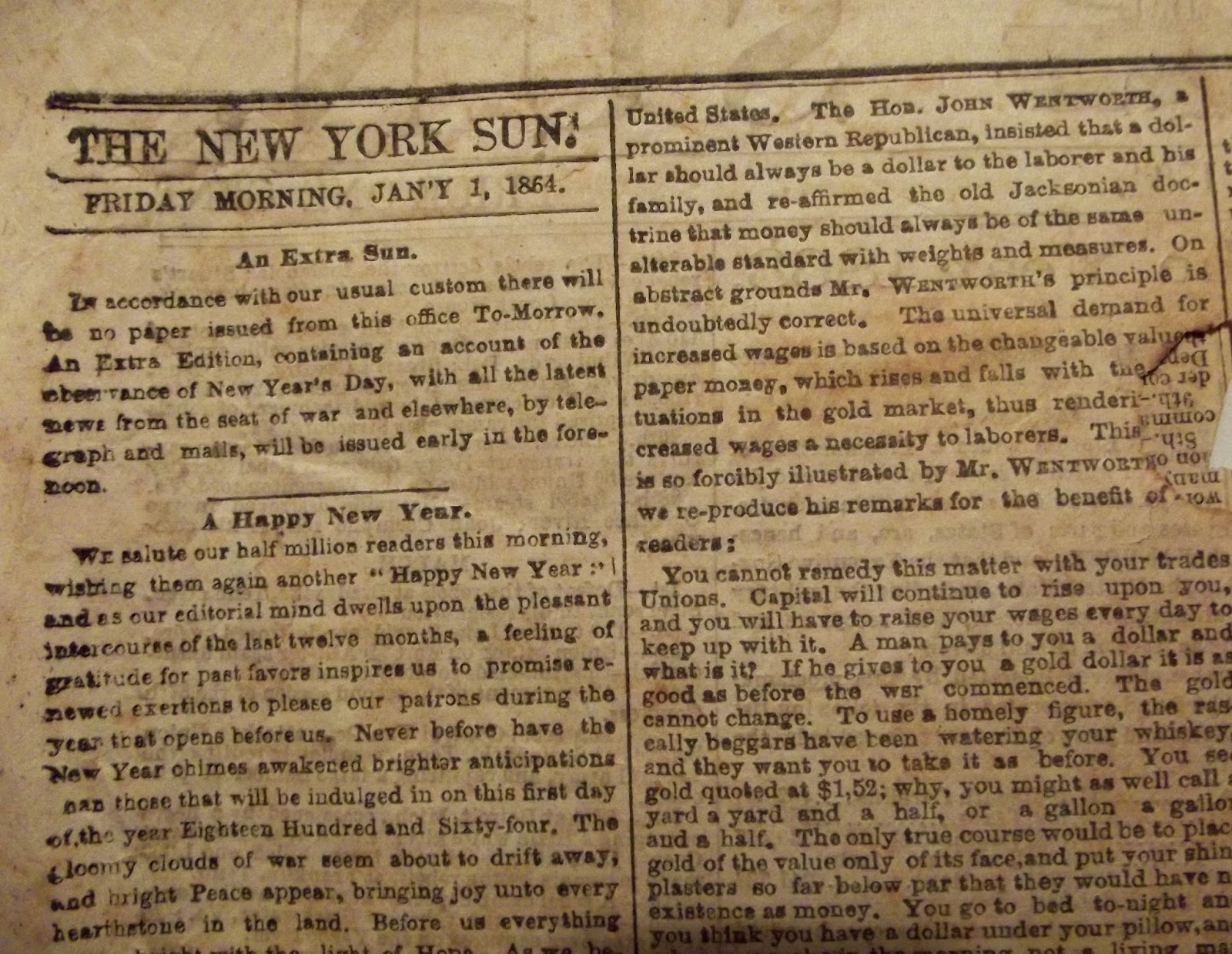How Damn Long Does It Take to Carve a Mountain Into an Indian?
It’s the summer of 1971, I’m eighteen years old and I and my two equally non-svelte brothers are all jammed in the back seat of the family’s 1962 Chevy Bel-Air. It’s cramped back there and we’re fighting for space, as we will continue to do for the next four thousand miles. We are on a family vacation to South Dakota. We’re on our way to see Mt. Rushmore.
And, of course, points along the way. There is a sense of adventure in the air; an opportunity for new experience. And the new experiences begin at the Illinois State Fair. Now up until that point my only knowledge of a state fair was through some blurry photos in a school textbook about alien cultures, such as Illinois, and that corny old movie starring Pat Boone. (I’m too young to remember the really old one with Dick Haymes.) And now I myself was at my first state fair, complete with cows, sheep and pigs. It was exotic beyond words.
After we had arrived in South Dakota, many uncomfortable miles later, and viewed Mt. Rushmore we learned of another mountain that was being carved right at that very moment. How lucky for us to have arrived during the actual creation of the Crazy Horse monument, even if we had almost no idea who Crazy Horse might have been or why somebody would want to carve his image into a stone mountain.
After seeing Mt. Rushmore the Crazy Horse monument was something of a disappointment. Actually it would have been a disappointment after seeing just about anything. From the viewing platform we looked off in the distance to see a flat rock with a hole cut through it. A mural on a wall told us that the flat part of the rock would be Crazy’s extended arm and the hole would be, well, his armpit I suppose. The entire experience reminded me of the episode of The Flintstones when they go to see the Grand Canyon and discover only a trickling stream. “They expect it to be a big deal some day,” says Fred.
I was not an unromantic kid (all that came later) and as I stood there I looked forward to the day when I would return to see the completed sculpture. In my young mind I estimated that it would probably take about four, and maybe as many as five, years to get the job done. After all, we had read that the guy who was doing the carving was now being assisted by his sons, so I figured that with the whole clan chipping away they’d knock the thing out in no time.
Over the years a photo of the monument under construction would occasionally appear in a newspaper or magazine, and invariably I’d clip the article and send it to my parents or they’d clip it and send it to me. And the only constant in these photos was that Crazy Horse seemed to look exactly the same as he had back in 1971, armpit hole and all. I was sure that there was progress being made, but I’d be damned if I could see it.
And now we are in the computer age and it is a simple matter to keep track of the memorial’s progress. A quick trip to Wikipedia reveals a picture of Crazy Horse as he looks today, and damned if he still isn’t a big rock with an armpit. OK, to be fair, Crazy Horse now has a face. In fact a dedication ceremony was conducted about ten years ago. For the face.
And no doubt there was at least one teenager at that ceremony who looked up at the giant rock with the armpit and made a silent vow: One day soon he would return to see the finished product. Keep dreaming, kid.










